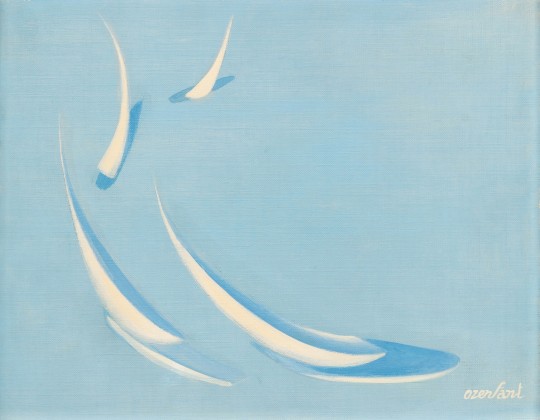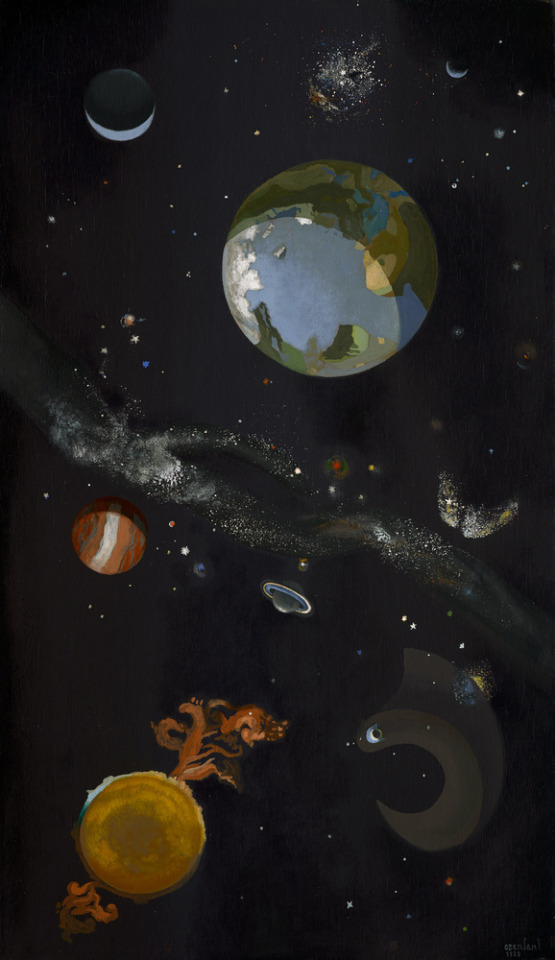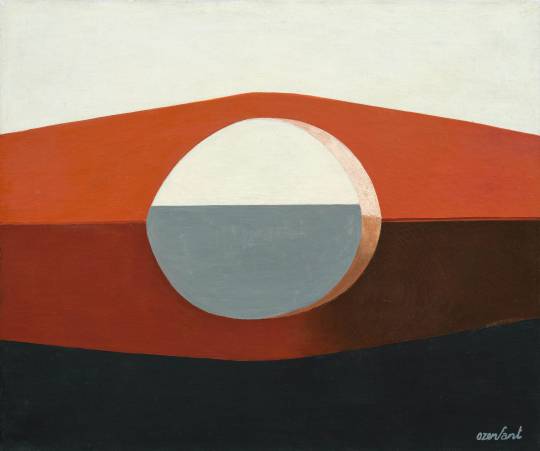#ozenfant
Explore tagged Tumblr posts
Text

Amédée Ozenfant (1886-1966) — Universe with Celestial Bodies [tempera on paperboard, 1927]
301 notes
·
View notes
Text

Amédée Ozenfant
La grotte aux baigneurs, 1931
Plaster and oil on canvas.
203 notes
·
View notes
Text

Maison Ozenfant, France
83 notes
·
View notes
Text

Verrerie
Amedée Ozenfant
oil on canvas, 1925
50 notes
·
View notes
Text

"Landscape (Bordeaux II)", Amédée Ozenfant, 1918. Oil on canvas.
17 notes
·
View notes
Photo

Amédée Ozenfant, Virages de yachts, circa 1963.
33 notes
·
View notes
Text
Pürizm Sanat Akımı Nedir ve Nasıl Ortaya Çıkmıştır?

Fransız kübist ressam Amedee Ozenfant, Kübizm sanat akımına bağlı eserler verdikten sonra, mimar ve yazar Le Corbusier ile tanışmasının da etkisiyle farklı bir yol seçti. Bunda kübizmin esaslarının ve sahiplendiği rolü tam benimseyememesinin de etkisi vardı.
Pürizm, o dönem Kübizm'e tepki olarak doğdu da denilebilir. Bu yeni akıma Ozenfant ve Le Corbusier öncülük etti, akımın detaylarını ise 1918 yılında birlikte yazdıkları manifesto değerinde görülen “Après le cubisme” (Kübizm Sonrası) adlı eserde belirttiler.
Pürizm, sanat ve tasarımın, endüstriyel üretim ve mimarlık ile daha da uyum içinde olması gerektiğini vurguladı. Bu yeni akıma göre; Kübizm'in aksine sanatta ve mimarlıkta süsleme kesinlikle olmamalı, basitlik ve netlik temel prensip alınmalıydı. Geometrik formlara Kübizm gibi önem veren Pürizm, endüstriyelleşmenin de etkisine kapılıp makineleşmeden ilham alınması ve onların dünyadaki etkisini göz ardı etmemek gerektiğini belirtti.
9 notes
·
View notes
Text

Amédée Ozenfant (1886-1966) — The Universe [oil on canvas, 1928]
149 notes
·
View notes
Text
Maison Ozenfant
As you make your way out the « Porte d’Orleans » subway stop, you are welcomed by a very eary piece of Paris, the 14th arrondissement. You walk along the sidewalk, witnessing street vendors, small cafes, and a few restaurants juxtapositioned against modern architecture which we could only suspect to be a long-time influence of architects such as Le Corbusier who produced the Maison Ozenfant in…

View On WordPress
#hommedessept#le corbusier#love french is better#lovefrenchisbetter#maison ozenfant#paris 14#paris france#zengamuzi isaac silungwe
4 notes
·
View notes
Text

Amédée Ozenfant, Nature morte puriste, 1921
3 notes
·
View notes
Text

Amedee Ozenfant - Le pont. 1959
40 notes
·
View notes




